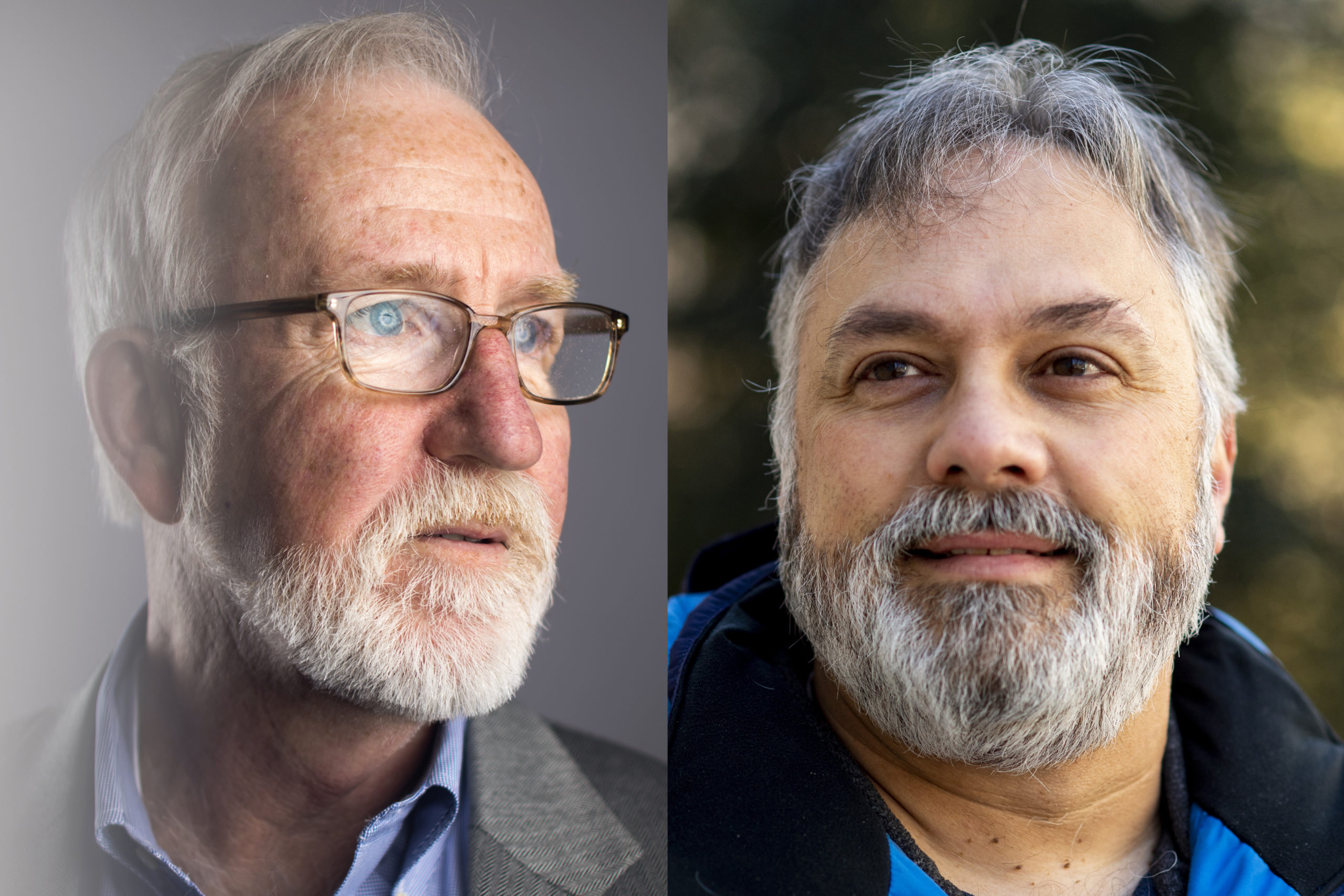Why hate crimes are underreported–and what police departments have to do with it

With more high-profile hate crimes grabbing the national spotlight in recent months, why are such crimes still underreported and undercounted?
The answer is complicated. There are a number of problems collecting data on hate crimes, particularly when it comes to more high-profile incidents, says Jack McDevitt, director of the Institute on Race and Justice at Northeastern. In the 1980s and ’90s, police departments were far more reluctant to classify certain crimes as hate crimes, fearing that it would paint the community as hateful, or as harboring hateful people, he says.
“Local police departments said ‘Oh, we don’t want to call this a hate crime because people wouldn’t want to move to this town,’” McDevitt says.
Those concerns still exist today, McDevitt argues, noting that hate crimes have a “severe and profound impact” on the affected communities, in particular communities of color and immigrant communities. Take the Atlanta-area spa shootings, for example, involving the deaths of six Asian women, which generated an outpouring of solidarity for the Asian community and a movement against anti-Asian racism around the country. Such support reflects the deep trauma associated with hate crimes, McDevitt says.
But, even amid apparently clear examples of bias-motivated crimes in mass killings—which McDevitt says may be on the rise—there is still reluctance on the part of authorities to label such incidents as hate crimes and to formally charge perpetrators, McDevitt says.

Left, Criminal Justice professor Jack McDevitt. Photo by Adam Glanzman/Northeastern University Right, Carlos Cuevas, professor of criminology and criminal justice and co-director of the violence and justice research lab. Photo by Ruby Wallau/Northeastern University
“There are very few convictions on hate crime charges, and there’s usually a falling off of formal charges” in the criminal legal process, he says.
That’s because prosecutors may decline to pursue hate crime charges because of how they might impact a sentencing outcome. Additionally, proving bias-motivation is difficult, as there are usually numerous motivations underlying criminal conduct, such as “thrill-seeking,” which McDevitt says was at play in roughly 66% of cases of hate crimes analyzed by Northeastern researchers in one study.
Also, many victims do not report their experiences to law enforcement for fear of persecution or reprisal, says Carlos Cuevas, a professor of criminology and criminal justice who co-directs the Violence and Justice Research Lab at Northeastern.
The data collection problems plaguing experts in the field have spurred further efforts to get more information. Cuevas says he and a team of researchers are currently conducting a survey focused primarily on Latinx people, to examine whether they were ever a victim of hate or bias-motivated aggression. This will enable the researchers to get a sense of the frequency of such crimes—and the degree to which they are underreported.
But a lot of the reporting issues and discrepancies rest on the shoulders of police departments, which share local data with the FBI’s Uniform Crime Reporting program, Cuevas says. It’s at that junction that the statistics representing cases of hate crimes get diluted, he says.
“We’ve worked collaboratively with police departments to get a lot of this data,” Cuevas says. “There seems to be a filtering process between a thing actually happening and that thing ending up in the [FBI/Uniform Crime Reporting program] database.”
Police departments will only report bias-motivated crimes to the Uniform Crime Reporting program if there was an investigation by the law enforcement agency upon which there was an “objective” basis to conclude a hate crime took place, according to the U.S. Justice Department.
There’s been a push by the FBI to raise awareness about the need to report hate crimes and support victims in recent months, which comes amid an uptick in the number of high-profile mass shootings involving victims who were singled out because of some aspect of their race, religion, or sexuality. Police departments have also come under increased scrutiny in the wake of the death of George Floyd, who was killed after a former Minneapolis police officer knelt on his neck for over nine minutes.
Floyd’s death was not ruled a hate crime—Minnesota Attorney General Keith Ellison argued that “systemic racism, not individual racial motivation” was to blame—but it did spark global protests and calls for police reform that highlighted issues of police bias and systemic racism in departments across the U.S.
“Of course, those in law enforcement who are racist, homophobic, et cetera, will never be fully be supportive of victims from different groups,” McDevitt says.
But it’s not necessarily their support that victims need, he says. “We need law enforcement to protect the victims.”
Also, Cuevas says more hate crimes need to be fully prosecuted. That’s how communities can start to heal, he says.
“My hope would be that if we see the formal justice system show that this is not OK, you may start to get some traction and make some gains around building trust with those communities,” Cuevas says.
For media inquiries, please contact media@northeastern.edu.





